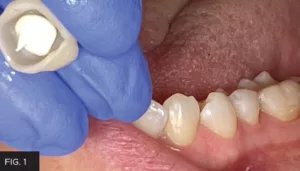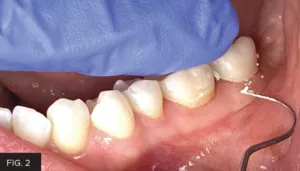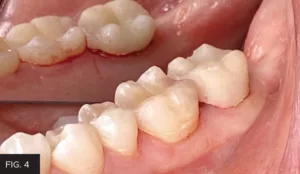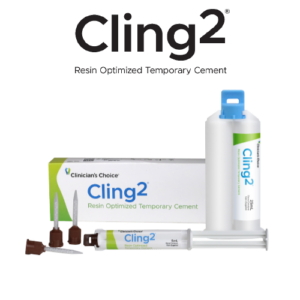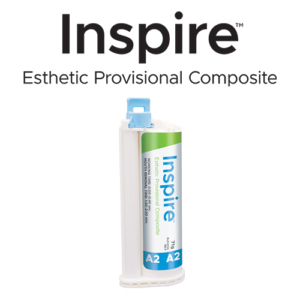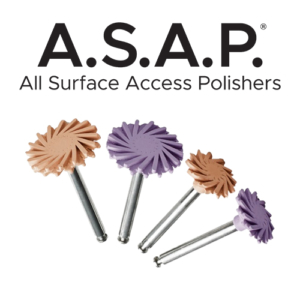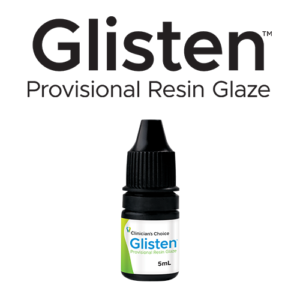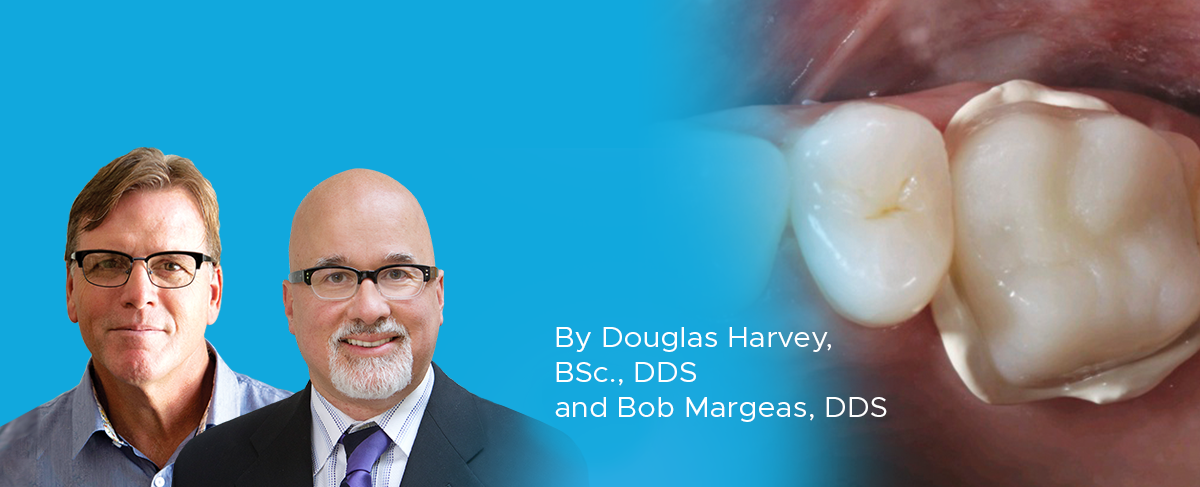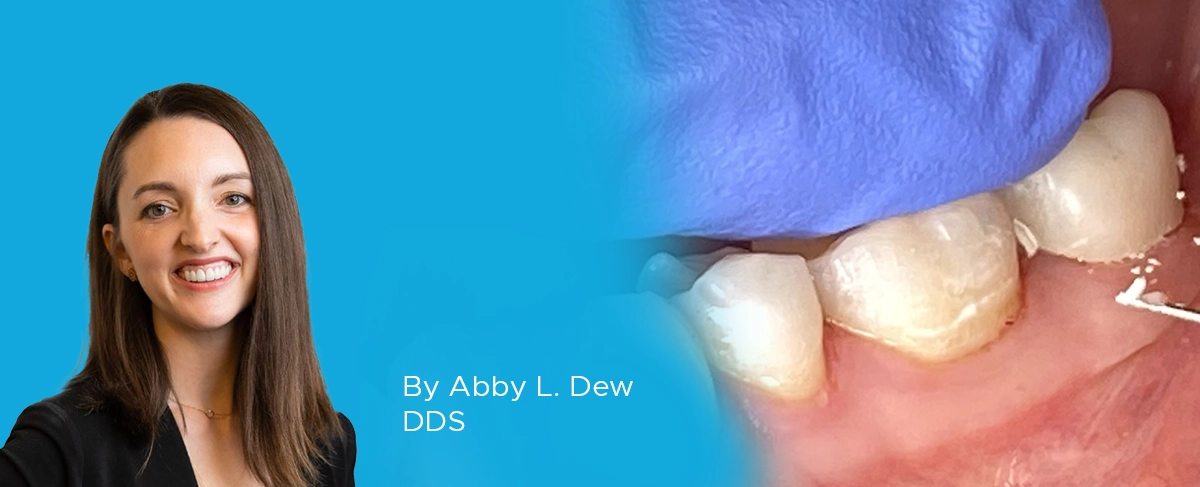
Cementation Protocol Using Cling2 Resin Optimized Temporary Cement
By Abby L. Dew, DDS
The importance of temporary cement in setting up an ideal tissue environment before final cementation cannot be underestimated. To ensure a smooth and comfortable transition for the patient, it’s crucial to create a functional and accurate provisional that mimics the pre-operative tooth or the desired final result. Paired with the right temporary cement, this combination maintains both tooth and gingival health while ensuring it lasts until the permanent restoration can be placed. The case presentation below provides a detailed overview further illustrating the importance of the temporary cementation stage. It highlights the many benefits of Cling2®, a zinc-oxide non-eugenol resin optimized temporary cement from Clinician’s Choice®.
CASE PRESENTATION
A 34-year old patient presented to our practice with a failing occlusal composite restoration, extensive recurrent caries on mesial, distal, and occlusal surfaces, and sensitivity associated with tooth #18. A thorough examination was performed, and two treatment options were presented to the patient: Restore the tooth back to proper form and function with either (1) composite restoration or (2) a lab-fabricated zirconia crown. The risks and benefits of each treatment option were discussed, and the patient elected to restore tooth #18 with a crown to prevent fracture and to preserve the tooth long term. During the crown preparation appointment, tooth #18 was anesthetized, caries removal was completed, and the missing tooth structure was replaced with core buildup material to support the new crown. The crown preparation was then finalized, and after a quick digital scan for the lab, the tooth was ready for temporization.
Following provisional crown fabrication using Inspire™ Esthetic Provisional Composite (Clinician’s Choice), Cling2 temporary cement was injected into the crown (FIG. 1), and the crown was then seated on tooth #18 (FIG. 2). After a quick cleanup (FIG. 3 and 4), the patient was dismissed.
Cling2 temporary cement was my go-to choice in this case for several key reasons. First, Cling2 demonstrates excellent hold and long-term stability with the appropriate retentive preparation. Because the cement provides reliable adhesion to the tooth, I have found that I rarely receive emergency calls from patients complaining that their temporary “popped off.” Second, Cling2 incorporates a small amount of resin in its make-up, which provides an improved marginal seal versus other temporary cements I have used in other cases. My experience has been that a great marginal seal reduces sensitivity complaints from patients during the temporization phase and provides for a more seamless permanent crown seat appointment because the tissue is pink and healthy upon the patient’s return. Finally, Cling2 is so easy to remove when my patient returns to seat the permanent restoration. I have consistently found that over 95% of the Cling2 cement is retained in the temporary crown upon removal and whatever is left on the tooth easily flakes off. Less scraping seems to equate to happier patients.
When selecting a temporary dental cement, it is important to consider patient comfort, ease of removal, and the duration for which the temporary crown will be in place. For clinicians seeking a new temporary cement, Cling2 should be at the top of their list.

ABOUT THE AUTHOR
Abby L. Dew, DDS, graduated from the University of Michigan School of Dentistry in 2007. She has worked as a close advisor to several dental material, technology, and instrumentation companies to advance the art and practice of restorative dentistry. Additionally, Dr. Dew has authored several magazine articles for consumers on topics ranging from choosing the right dentist for advanced cosmetic treatment to social media dental trends. Her boutique practice, Dental Harbor by Abby Dew, DDS, is located near Savannah, Georgia, on Skidaway Island.
Share This Article! Choose Your Platform
Related Articles
Predictable and Efficient Single Unit Crown Restorations
By Bob Margeas, DDS
A 55-year-old patient presented to my office with tooth pain upon biting from his second bicuspid. Upon further examination a crack was noted on the mesial marginal ridge.
Increasing Restorative Success Means Making Smarter Choices During Provisionalization
By Douglas Harvey, BSc., DDS and Bob Margeas, DDS
The scope of temporization goes beyond the protection of the prepared tooth. Maintenance of tooth position as well as gingival health and position surrounding the preparation during the provisional phase are just as important for optimal results.

